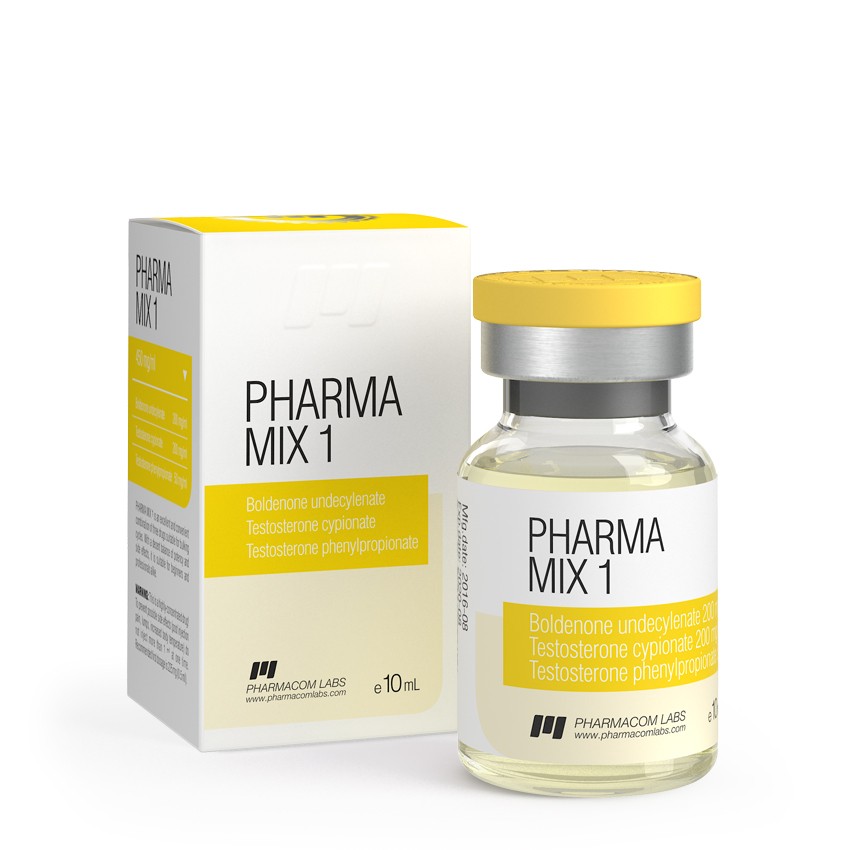Navigating the Risks: A Closer Look at Testosterone Therapy Side Effects
 0
0
Posted: Wed April 17 2:54 PM PDT
Member: Sintia Derthy
Updated: Wed April 24 4:27 AM PDT
Tags: therapy

Have you ever wondered what the fuss is about testosterone therapy? While often heralded for its ability to rejuvenate energy and restore hormonal balance, it's not without its pitfalls. Like any powerful treatment, testosterone therapy comes with a range of potential side effects that vary based on dosage, gender, and individual health. Understanding these risks is not just prudent; it’s essential for anyone considering or currently undergoing this type of treatment.
Navigating Estrogenic Effects of Testosterone Therapy
Estrogenic side effects are a significant consideration in testosterone therapy, stemming from the body's conversion of testosterone into estrogen through aromatization. This transformation can trigger several unintended consequences:
- Gynecomastia: The formation of breast tissue in men, which can be both physically uncomfortable and psychologically distressing, impacting self-image and confidence.
- Water Retention: This condition can cause noticeable swelling and discomfort, often concentrated in the legs and abdominal area, which might complicate daily activities and comfort.
- Elevated Blood Pressure: The retention of extra fluids can increase blood pressure, posing risks to cardiovascular health.
Recognizing and addressing these side effects is vital in the management of testosterone therapy. Continuous monitoring of hormone levels is essential, as is adjusting the therapy plan to suit individual needs. This personalized approach not only helps mitigate potential risks but also enhances the overall effectiveness of the treatment.
Identifying Androgenic Side Effects
In addition to the estrogenic impact, testosterone therapy often brings about androgenic side effects linked directly to elevated testosterone levels. These effects include:
- Acne and Oily Skin: Elevated testosterone enhances sebum production, leading to acne, particularly prevalent on the back and shoulders.
- Hair Loss: Individuals with a genetic predisposition to male pattern baldness may find that increased testosterone accelerates hair thinning and loss.
- Increased Body Hair: An increase in body hair can be an unexpected and unwelcome effect, particularly distressing for those unprepared for such changes.
Understanding these androgenic side effects stems from the body's natural reaction to higher levels of androgens. Managing these effects effectively requires a comprehensive grasp of how testosterone influences the body. For more detailed guidance on managing these effects and optimizing testosterone therapy, consider exploring additional resources here testosterone cypionate for sale https://misterolympia.shop/buy/injectable-steroids/testosterone/testosterone-cypionate/.
Impact of Dosage and Gender
The impact of testosterone therapy can vary dramatically based on how much is administered and who is receiving it. Men and women can experience these side effects differently, and dosage plays a critical role in the severity of the side effects:
- Dosage Sensitivity: Higher doses generally increase the likelihood of side effects. Finding the minimal effective dose can help reduce risks.
- Gender Differences: Women are more sensitive to testosterone and can experience side effects at lower doses compared to men.
This variability highlights the necessity for personalized treatment plans based on thorough medical assessments.
Strategies for Managing Side Effects
Effectively managing side effects involves several proactive steps:
- Regular Monitoring: Frequent blood tests can help track hormone levels and body responses, allowing for timely adjustments to therapy.
- Lifestyle Adjustments: Diet and exercise play critical roles in managing side effects. For example, maintaining a healthy weight can mitigate estrogenic effects.
- Medical Interventions: In some cases, medications may be necessary to counteract specific side effects, such as aromatase inhibitors to reduce estrogen levels.
By staying informed and working closely with healthcare providers, patients can significantly enhance their therapy outcomes.
Conclusion
While testosterone therapy offers significant health benefits, it is crucial to approach it with a full understanding of the potential side effects. By educating themselves and consulting with healthcare professionals, individuals can navigate these waters safely and effectively, ensuring they reap the benefits of testosterone therapy while minimizing its risks. Remember, successful treatment is about balance and careful management—cornerstones of any effective medical therapy.
By integrating informed medical guidance and personal vigilance, anyone considering testosterone therapy can make informed decisions that align with their health goals and lifestyle, optimizing the benefits while mitigating the risks.
Comments
Please login above to comment.
